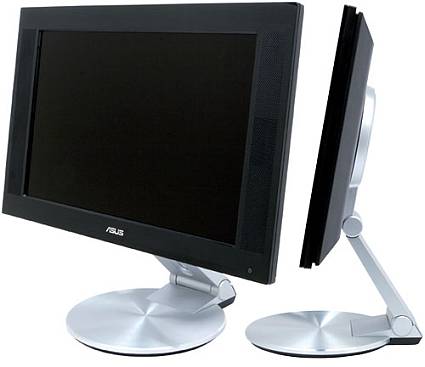Asus PW191 LCD: Looks Can Deceive
Video
Here again we use a five-point rating system. While latency plays a role, we also evaluate the amount of video noise induced by the unit. Good viewing angles are also crucial for multimedia use.
Price/Performance
Rather than estimate a quality/price ratio, we prefer to concentrate on the price/performance ratio. What's the difference? The quality of an LCD display varies depending on who's judging it. Somebody who wants a sturdy monitor they can take anywhere even if the performance is mediocre will have a very different idea of what quality is than someone who wants a fast monitor but doesn't care much about its finish. Performance, on the other hand, is measurable. So this rating is a synthesis of the monitor's performance as compared to the Tom's Hardware Guide benchmark.
Conclusion
First the bad news. The touch-sensitive buttons are not sensitive enough, and if you change adjustments often, they are a problem. And why did Asus have to use the glare-filter technology? We know it's a general trend, but consider this: Sony, who first developed this technology, doesn't even dare offer it on its own top-of-the-line products. The same monitor without the filter would perform much better.
The selling price, around $400, is far from excessive for a monitor of this quality. The finish is exceptional. It's probably the best-looking monitor available on the market today. And beyond the good looks, the picture is very sharp and the colors are very good in video games. In itself, the PW191 is a good product, but it's obvious that the panel was poorly chosen. It's slower than its competitors, yet doesn't solve the video-noise problems that plague them. We're waiting for the 20" version in the hope that these problems will be taken care of.
Join our discussion on this topic
Get Tom's Hardware's best news and in-depth reviews, straight to your inbox.
